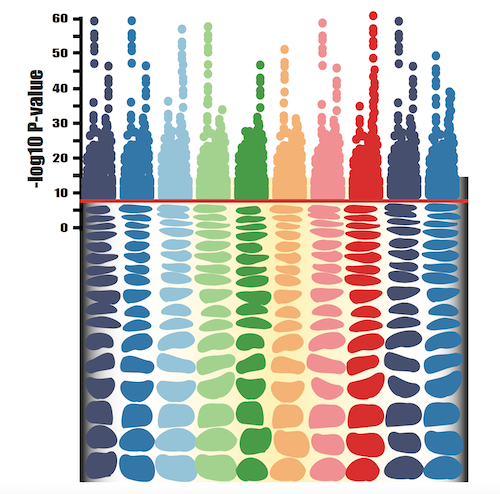Exploring the Foundations of Skeletal Health

At our core, the Renthal Research Group delves into the intricate world of skeletal biology, with a particular emphasis on the growth plate and the process of endochondral ossification—the formation of a healthy skeleton. Through rigorous scientific investigations, the group seeks to decipher the genetic mechanisms that underlie bone growth and development, shedding light on the fundamental aspects of skeletal health. Additionally, the group explores how chondrocytes, the vital cells responsible for cartilage production, contribute to the intricate process of fracture repair.
Innovatively, our group combines cutting-edge genome-wide CRISPR screening techniques within cell culture growth plate models, bridging these findings with extensive genetic studies focused on human height and bone density. By working with both mouse and human chondrocytes, the Renthal Research Group strives to gain a comprehensive understanding of the genetic dynamics governing the chondrocyte life cycle.
Bridging Genomics and Clinical Insights
The Renthal Research Group's investigations bridge both basic and clinical work. One of our critical endeavors involves unraveling the genetic predisposition to fractures, employing whole exome sequencing techniques to study patients who have experienced multiple fractures. This innovative approach holds the potential to revolutionize the diagnosis and prevention of fractures in children, opening new avenues for treatment and care.
Championing Inclusivity in Musculoskeletal Care
Beyond the scientific discoveries, the Renthal Research Group is acutely aware of the challenges that children with musculoskeletal diseases face. Discrimination, whether conscious or unconscious, is a significant obstacle our patients encounter. To address this issue, our group has embarked on a mission to explore the lived experiences of individuals with musculoskeletal disabilities. Our objective is clear—to enhance clinical care by identifying and eradicating biases that may affect our patients, thus ensuring all people receive equitable and respectful treatment, regardless of ability status.
